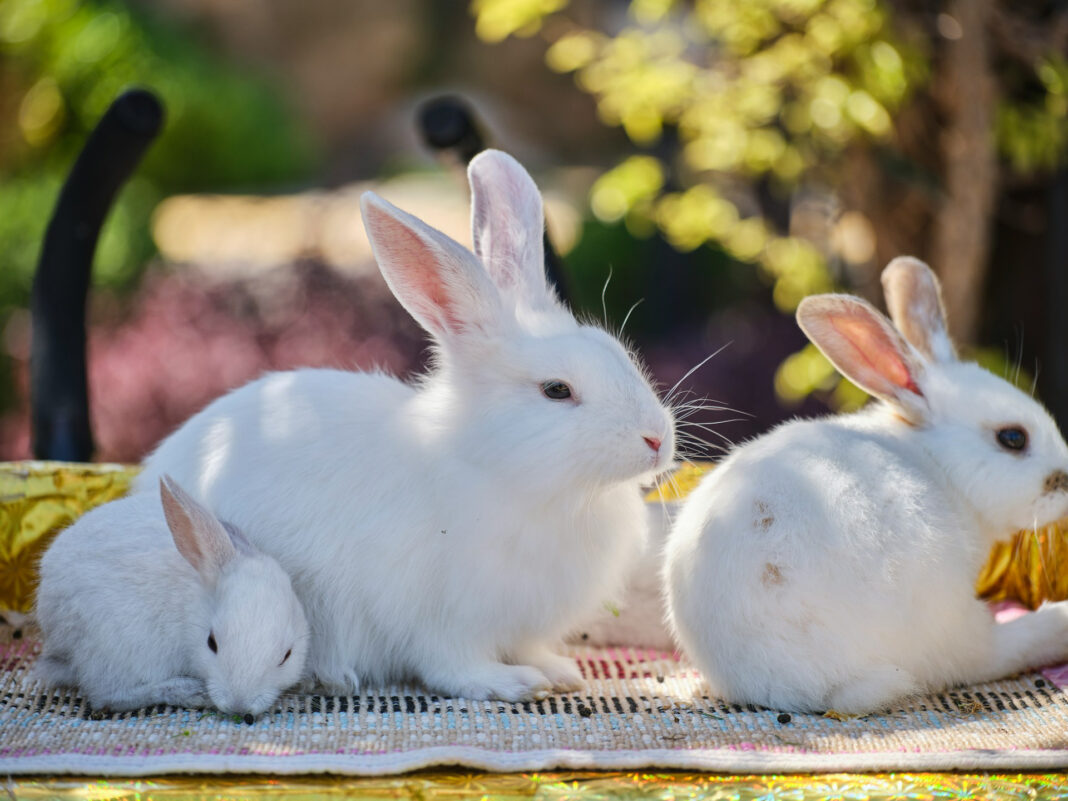Many of us are acutely aware of how weather impacts our own well-being throughout the year, but what about our furry or feathery friends? Small animals are just as susceptible to seasonal changes, so adapting their care routines throughout the year is vital to keep them happy and healthy.
Spring
Spring is a time of new beginnings, and that can apply to your small animal’s environment in your home too. Here’s how to give them a fresh start:
Cleaning: Give their enclosure a thorough clean. Remove old bedding, disinfect surfaces, and replace any worn toys or hides.
Diet: After a winter of potentially less fresh food, spring is a great time to introduce new varieties of hay and vegetables to your small animal’s diet. Make sure you have plenty of fresh feeding hay for your small animals, as this provides essential fiber for their digestive system.
Exercise: As the days get longer, consider providing more opportunities for exercise. For some small animals, this could mean supervised playtime outside in an escape-proof run. Others might enjoy a larger enclosure with climbing structures or new toys to keep them mentally stimulated.
Summer
The warmer weather of summer brings its own set of challenges:
Heatstroke: Small animals can overheat quickly. Provide plenty of fresh, cool water and ensure their enclosure is well-ventilated with access to shaded areas. Consider using frozen water bottles wrapped in towels to provide a cooling option, especially for cage-dwelling animals.
Parasites: Fleas and mites can become more prevalent in hot weather. Talk to your vet about a suitable parasite prevention plan for your furry friend.
Sunburn: While uncommon, some small animals with light-colored fur can be susceptible to sunburn. If their enclosure receives direct sunlight for extended periods, consider adding shade cloth or moving it to a cooler location.
Autumn
Autumn is a time to prepare for the colder months ahead:
Winterproofing: For outdoor enclosures, check for any gaps or drafts that could let in cold air. You may need to add extra bedding or insulation to their sleeping area. For indoor small animals, ensure their enclosure is positioned away from windows or doorways to avoid cold draughts.
Diet: As the days shorten, some small animals, like hamsters, may naturally start stockpiling food. Provide them with a slightly increased amount of food during this period but be mindful of overfeeding.
Light: The reduced daylight hours of autumn can disrupt your small animal’s sleep cycle. Maintain a consistent light schedule by switching on a low-wattage light source in their enclosure as the natural daylight fades.
Winter
Winter brings the coldest temperatures of the year, so keeping your small animal warm is essential:
Temperature: Monitor the temperature inside their enclosure. For some species, a slight drop in temperature is natural, but they should never be exposed to freezing conditions. Consider using a safe heat mat on a low setting but ensure there’s a cool area for them to escape to if needed.
Bedding: Provide plenty of deep, soft bedding for your small animal to burrow into and stay warm. Hay is a great option for rabbits and guinea pigs, while shredded paper or aspen shavings work well for other small animals.
Exercise: While some small animals may be less active in winter, some level of exercise is still important. Provide them with opportunities to play inside their enclosure or create a safe indoor playpen if you have the space.





